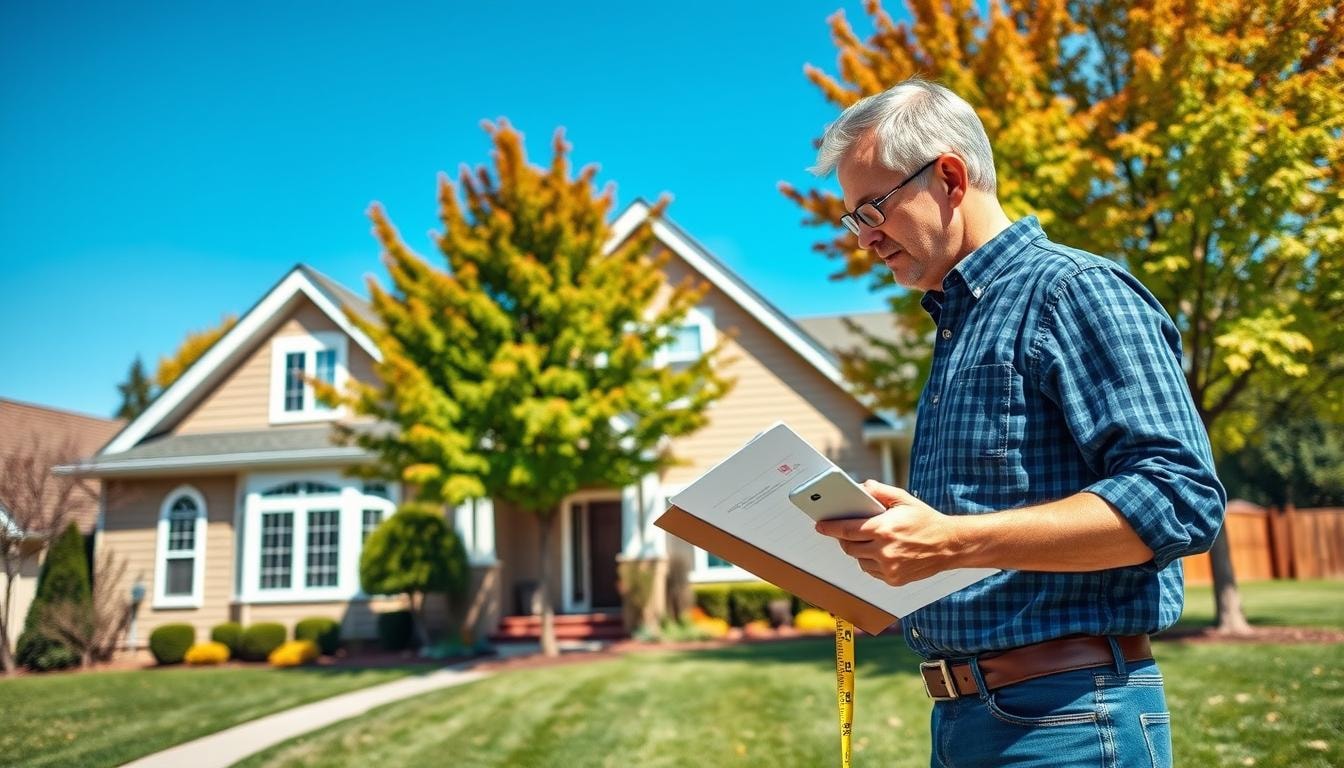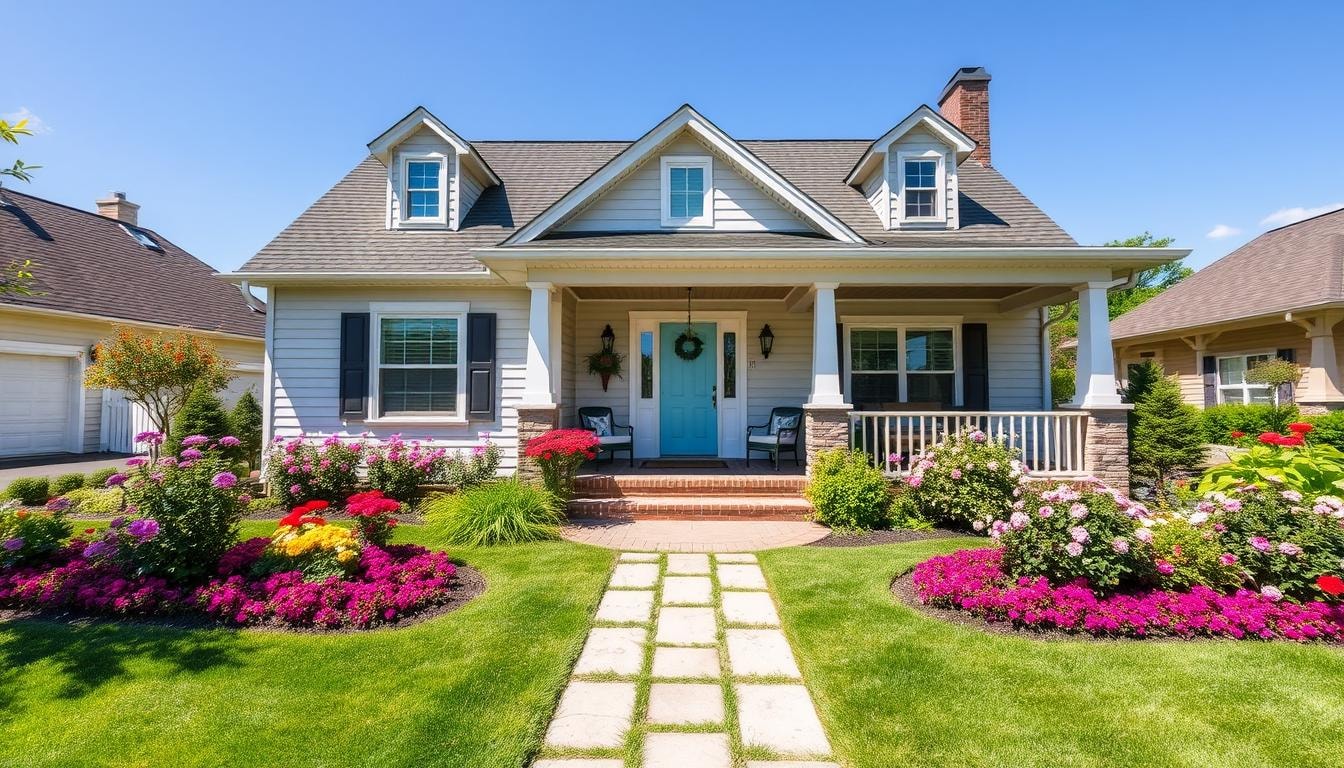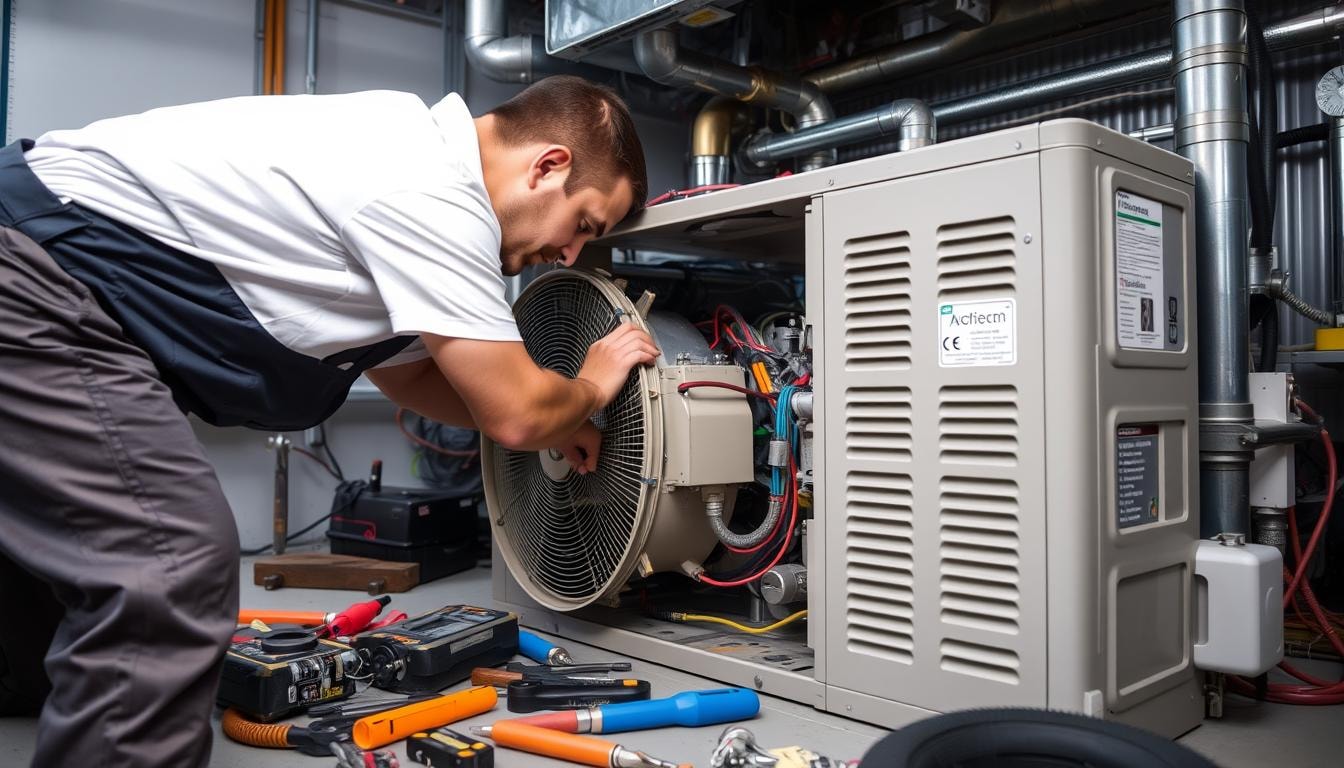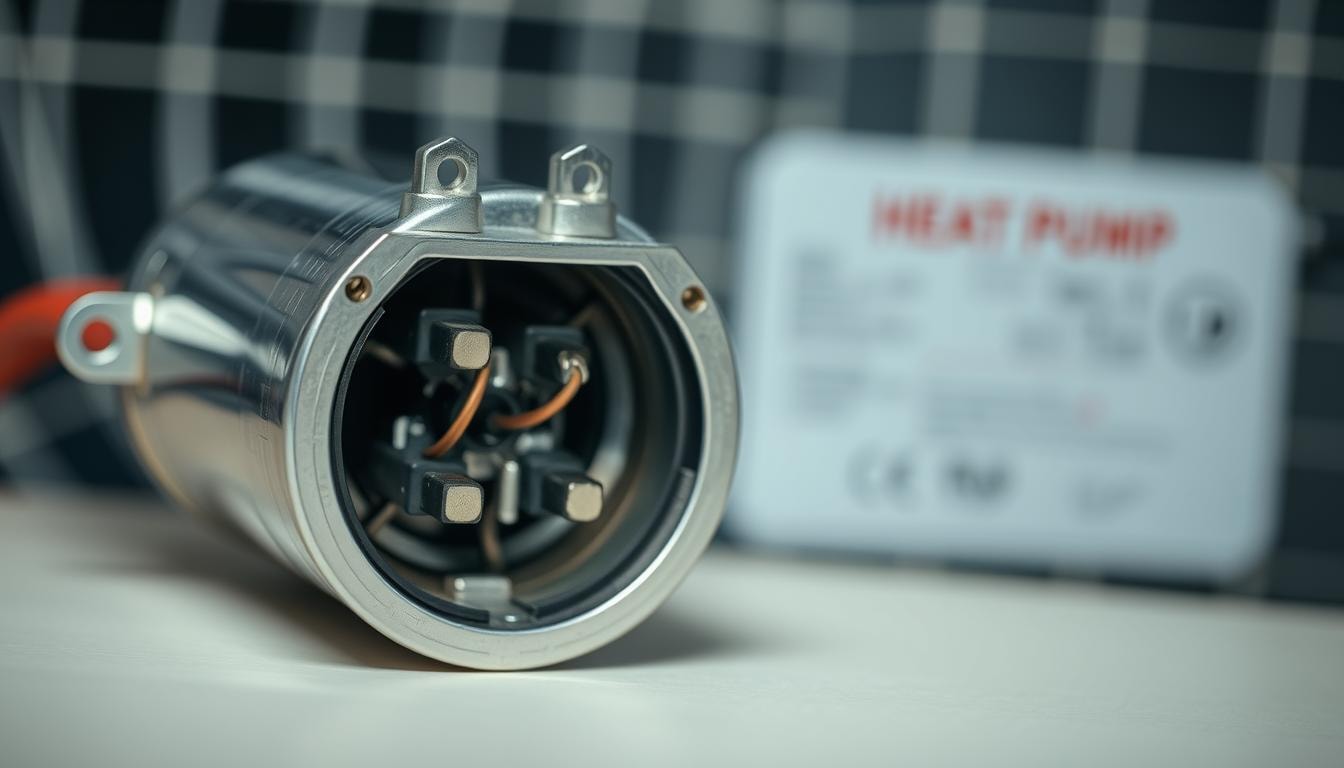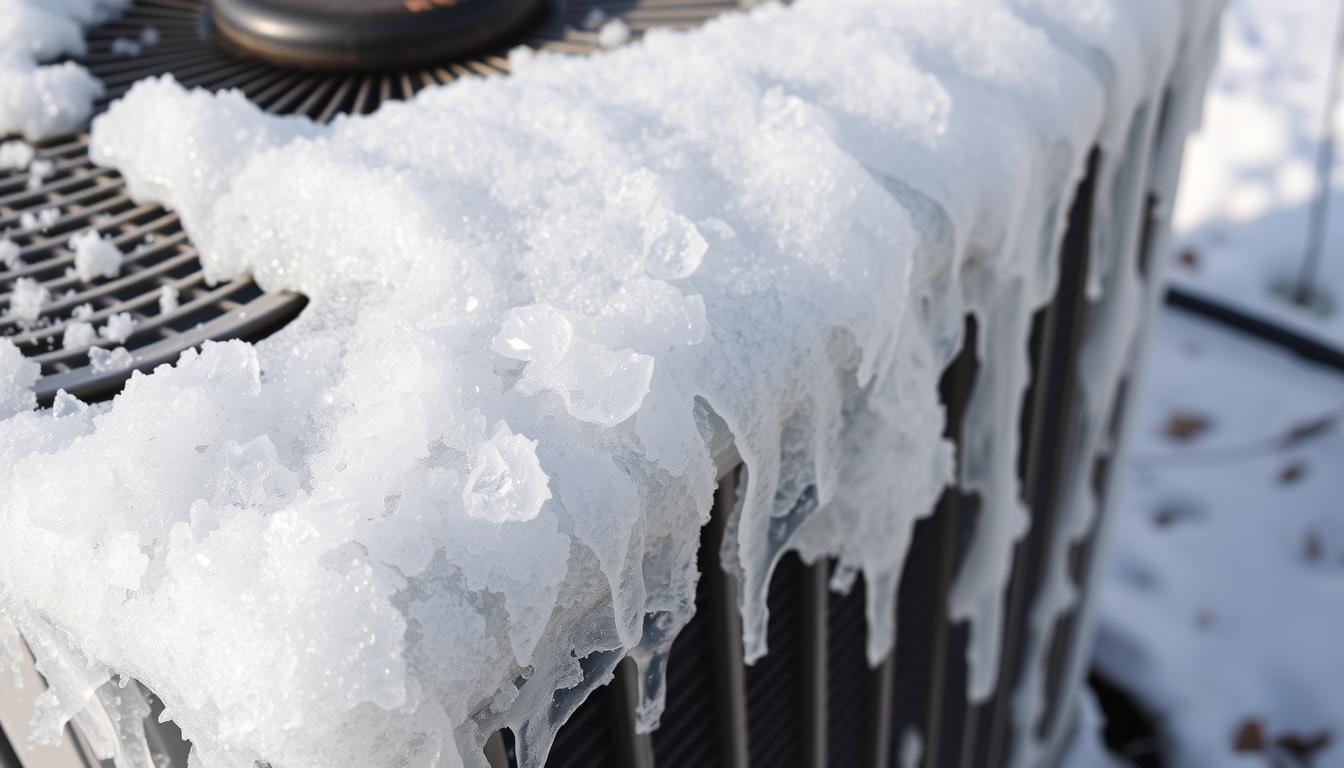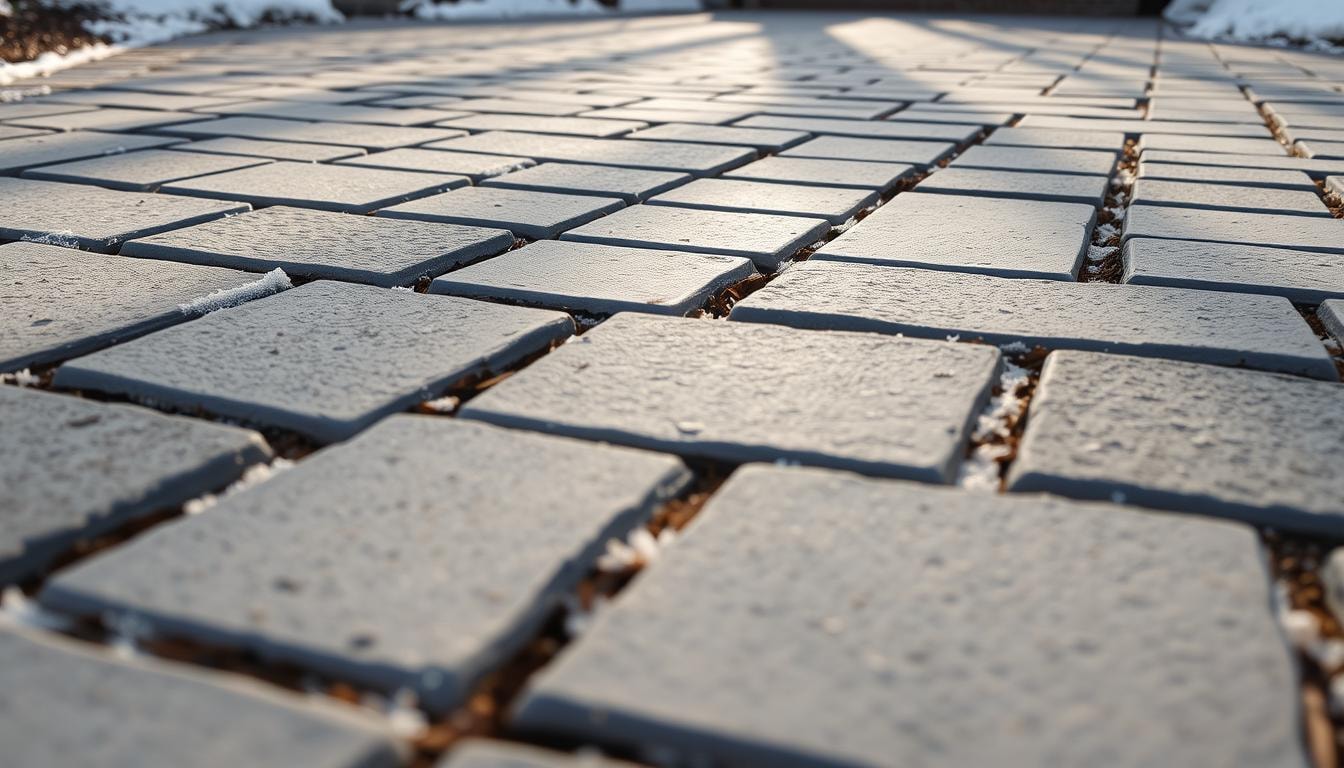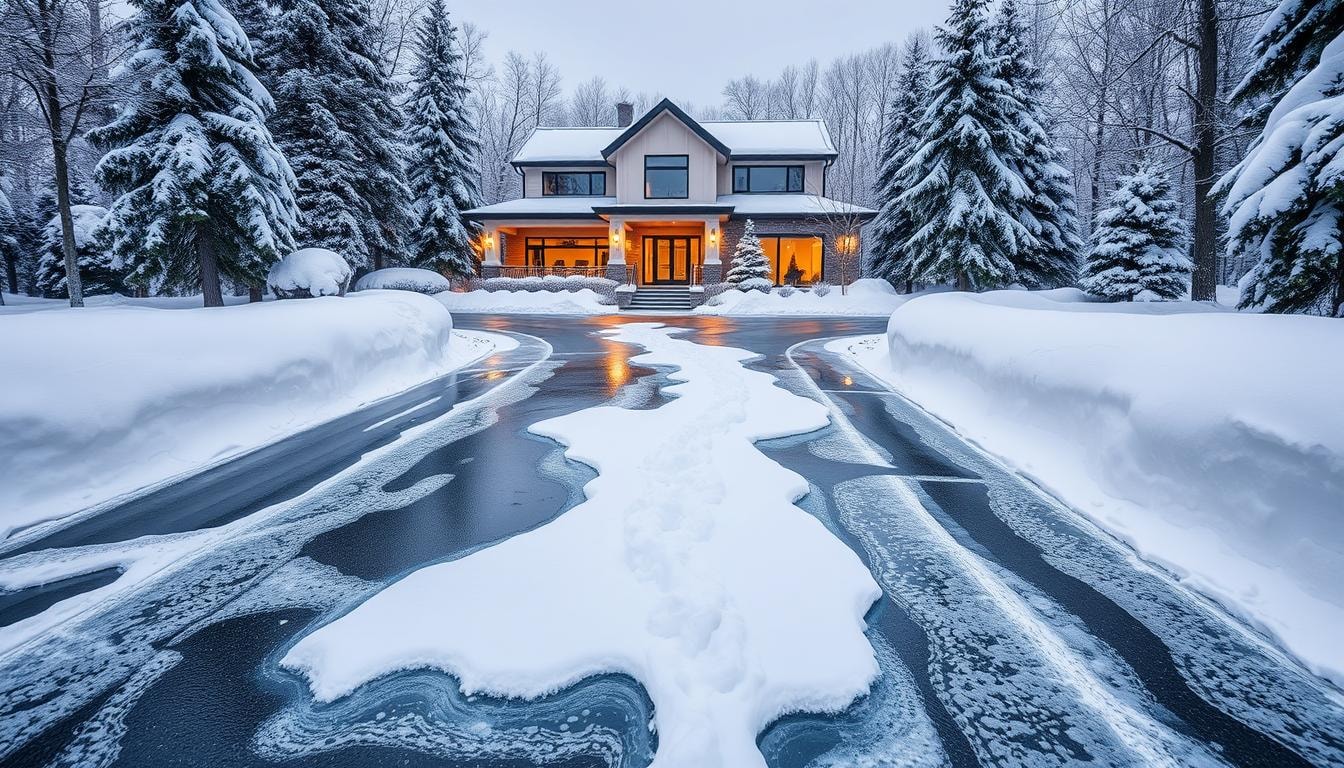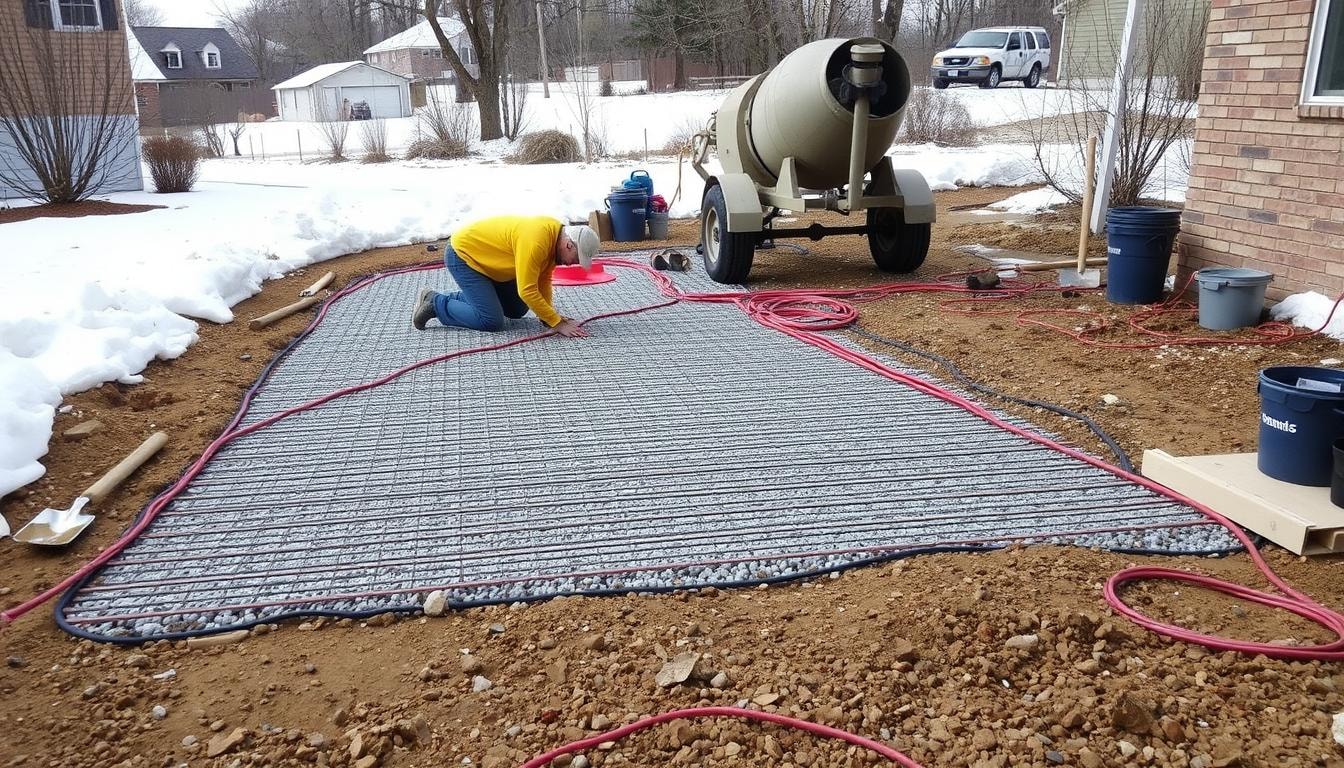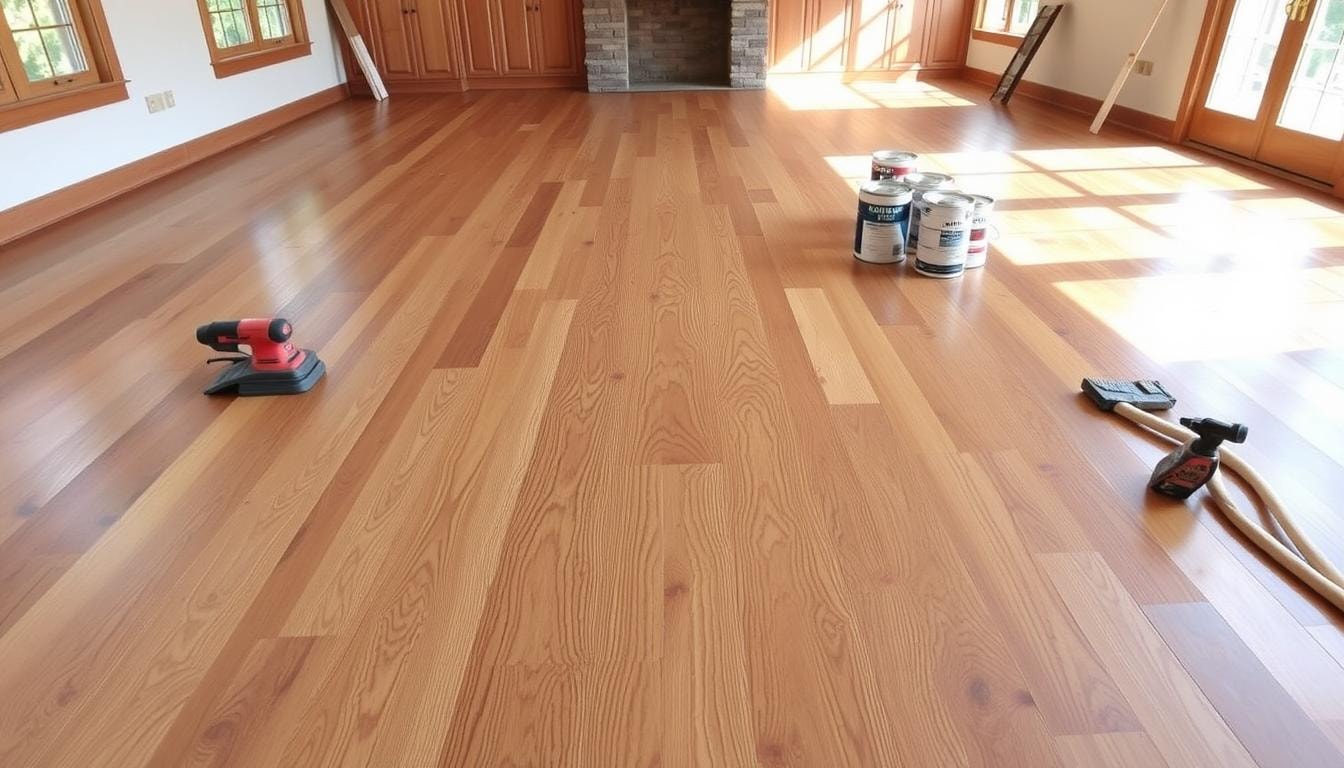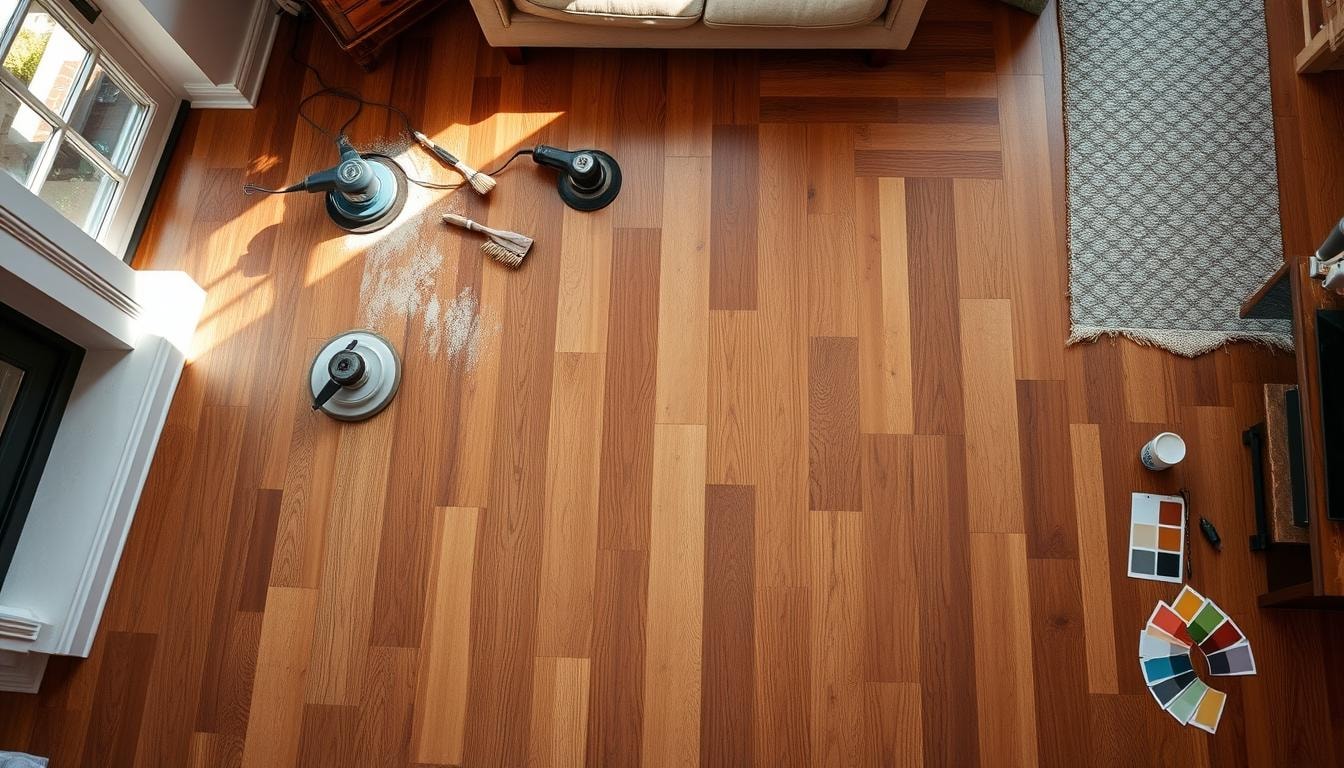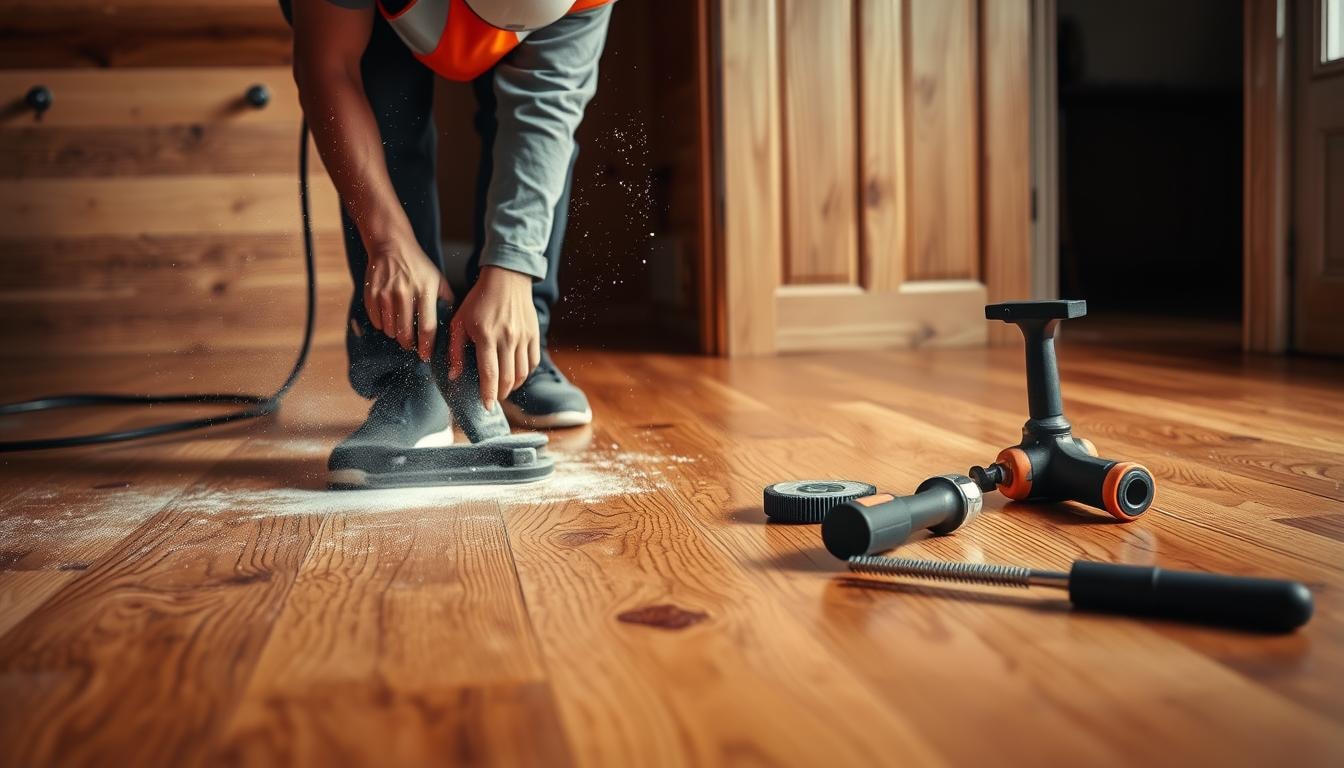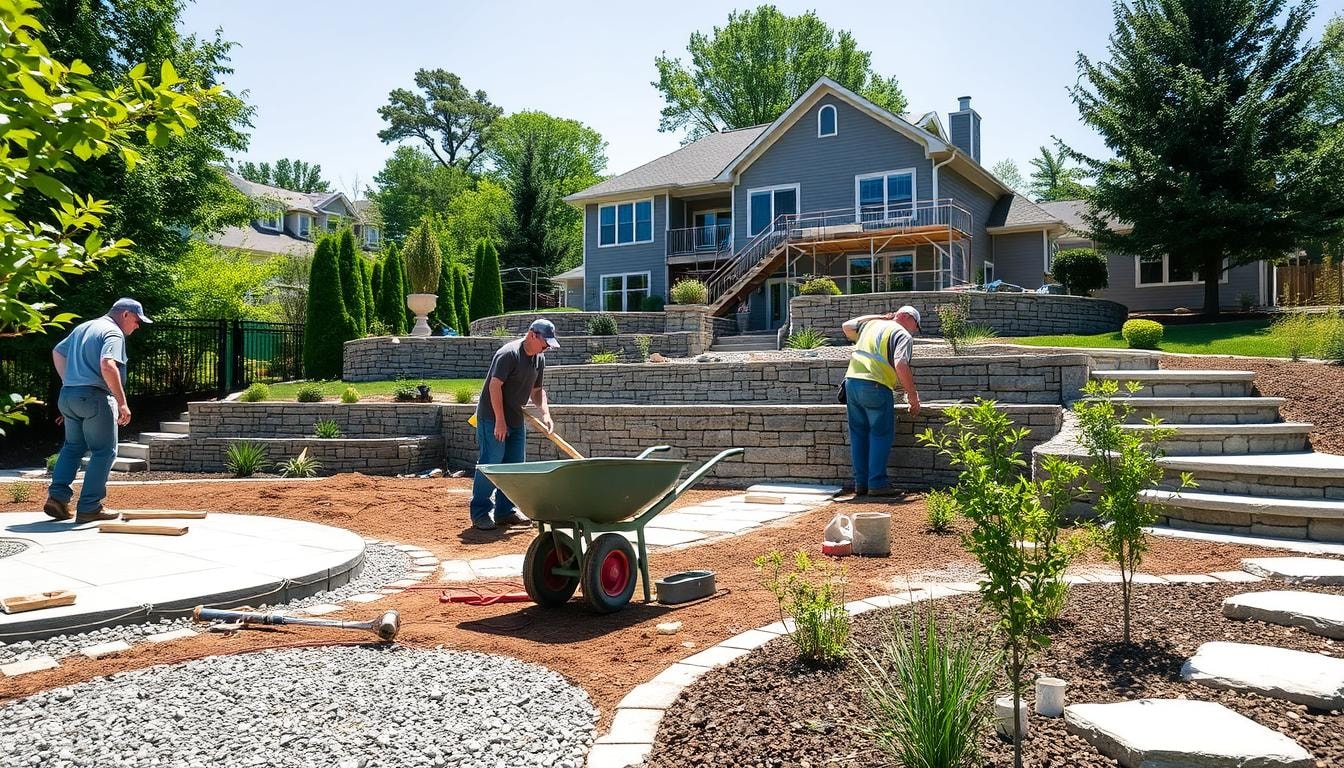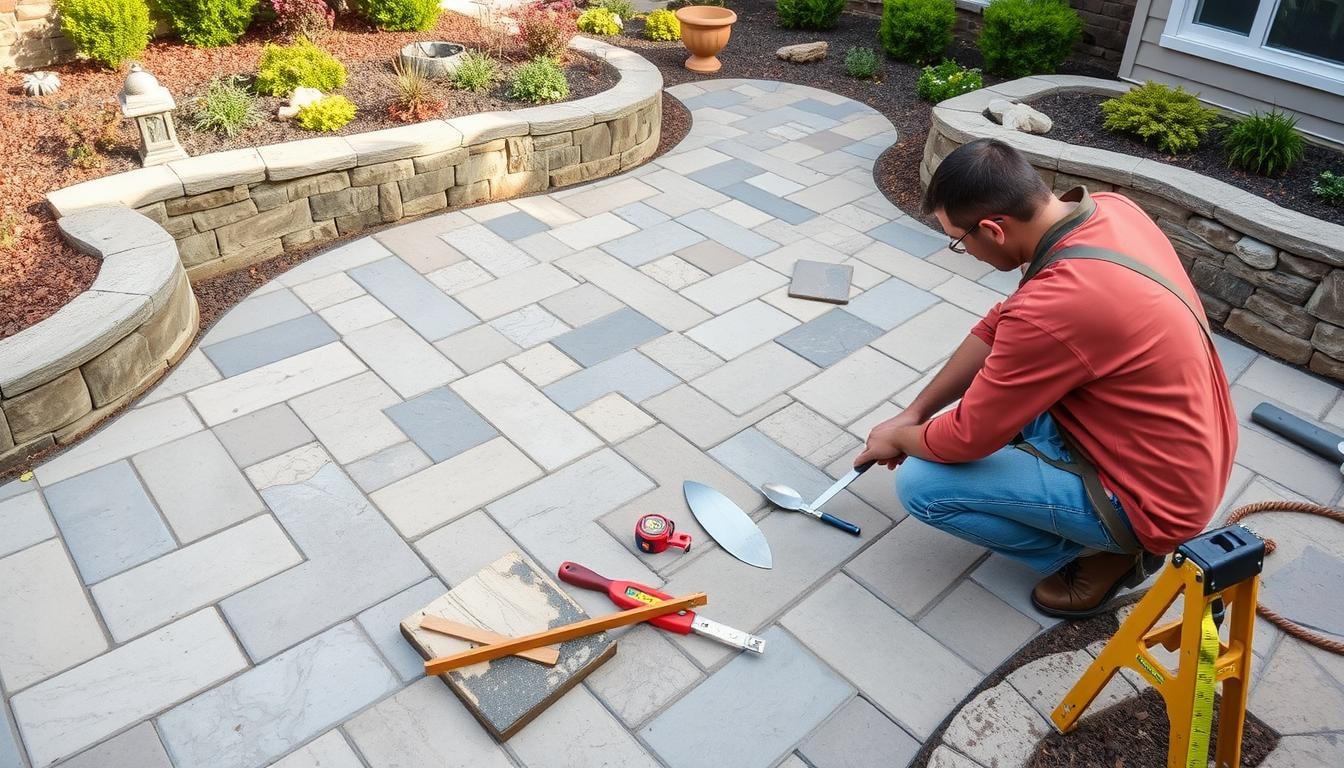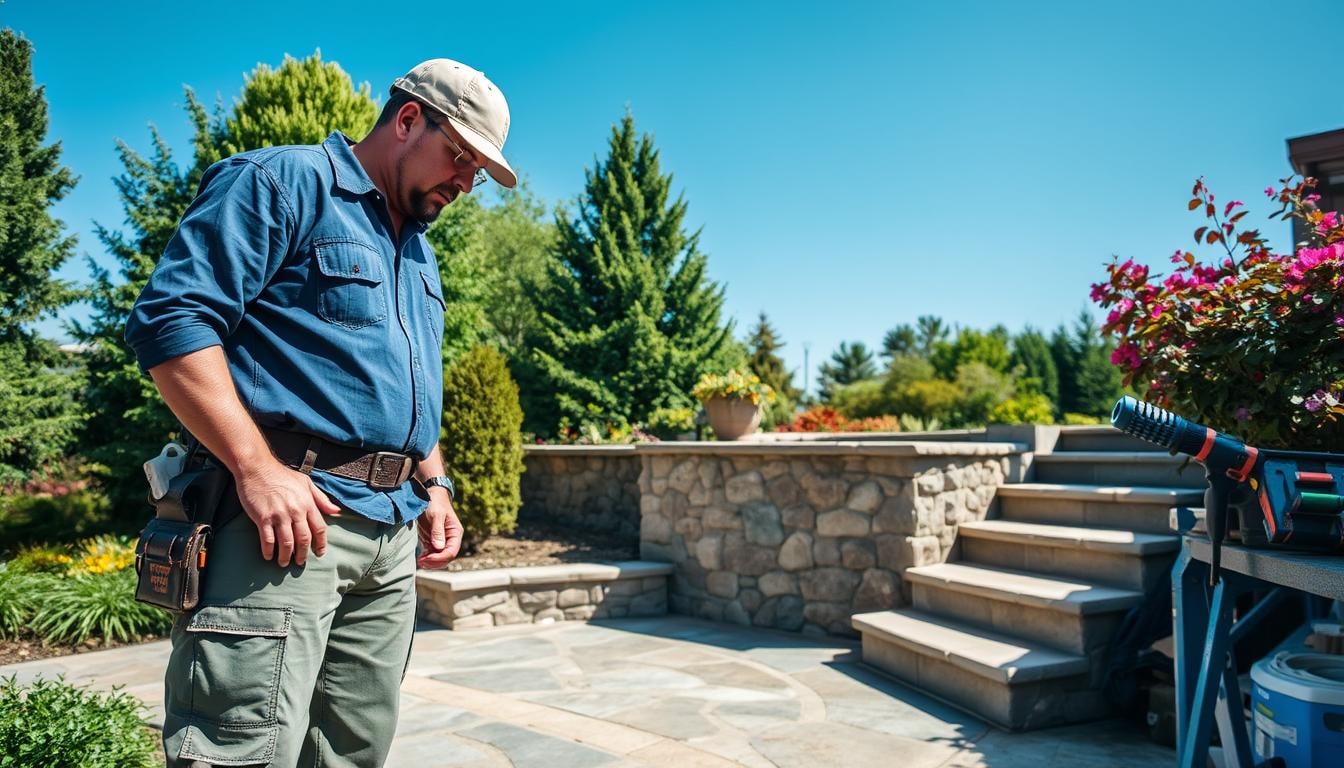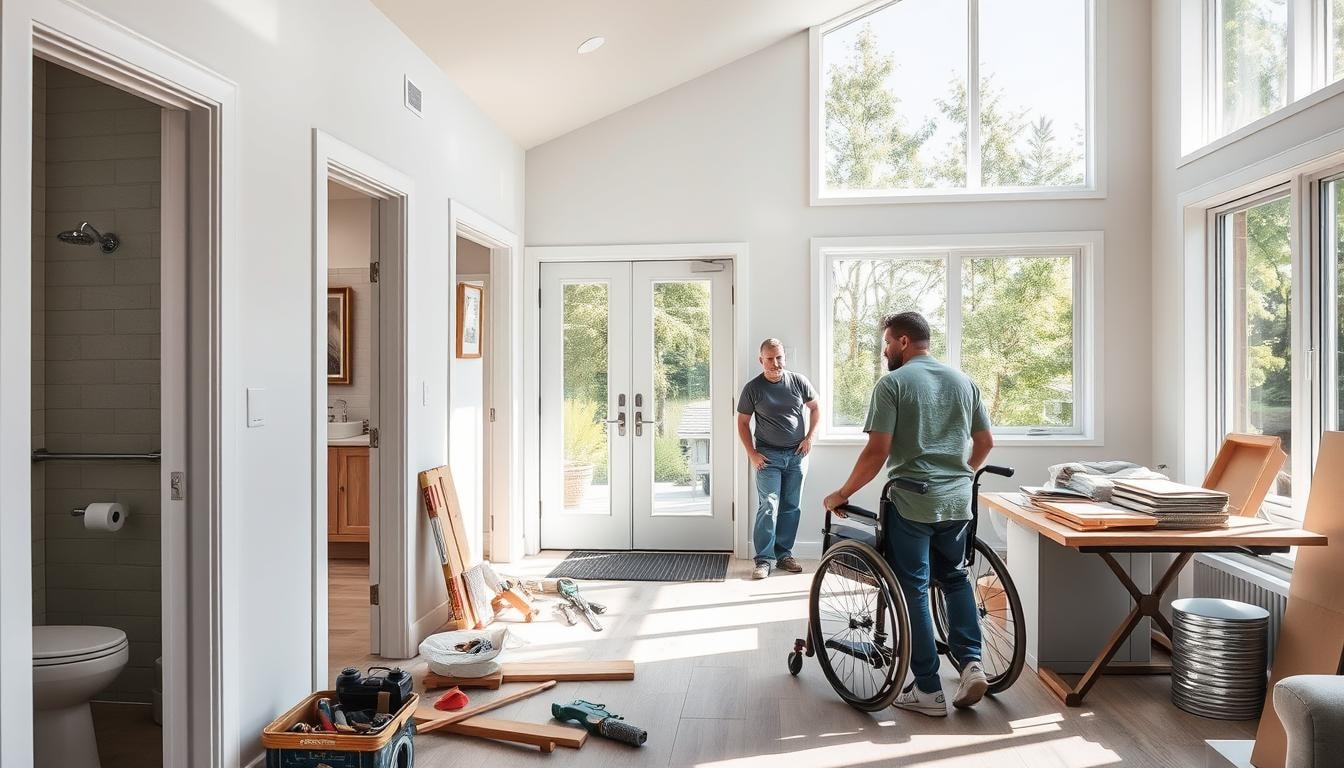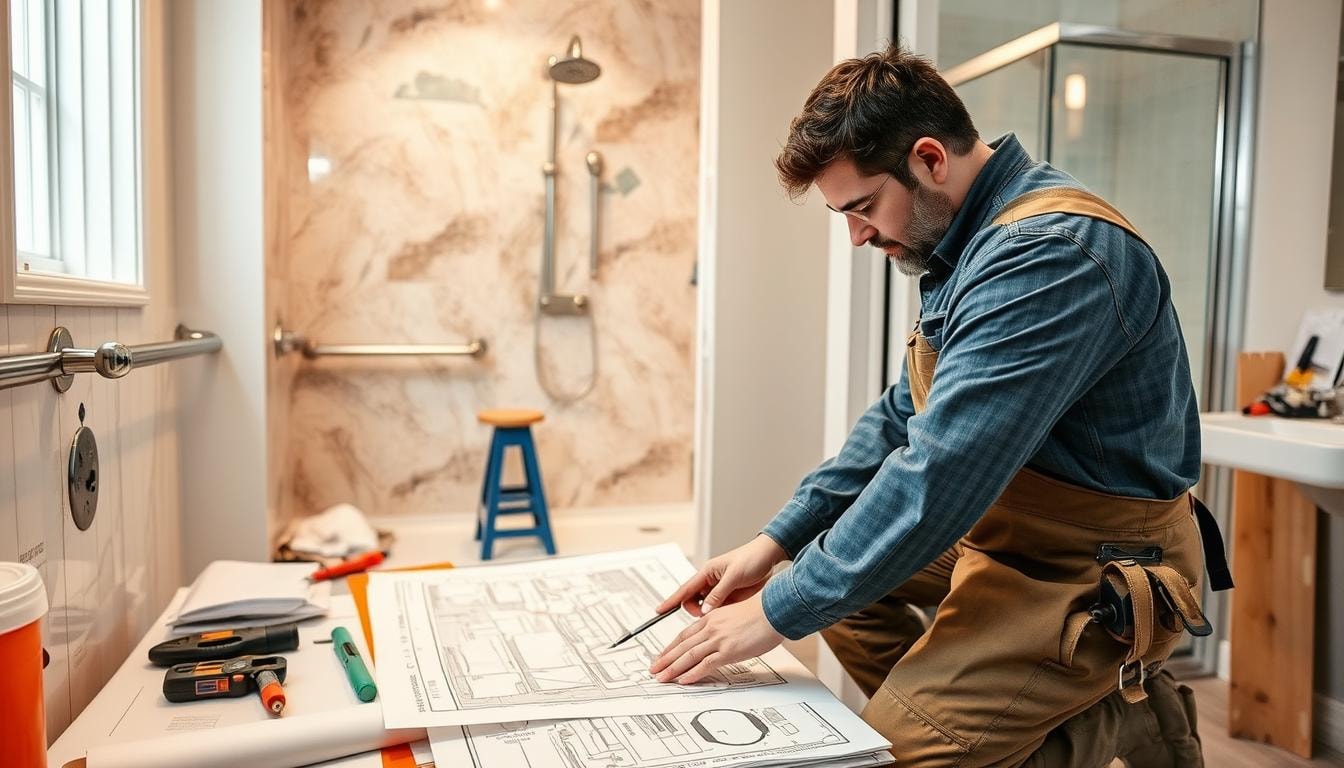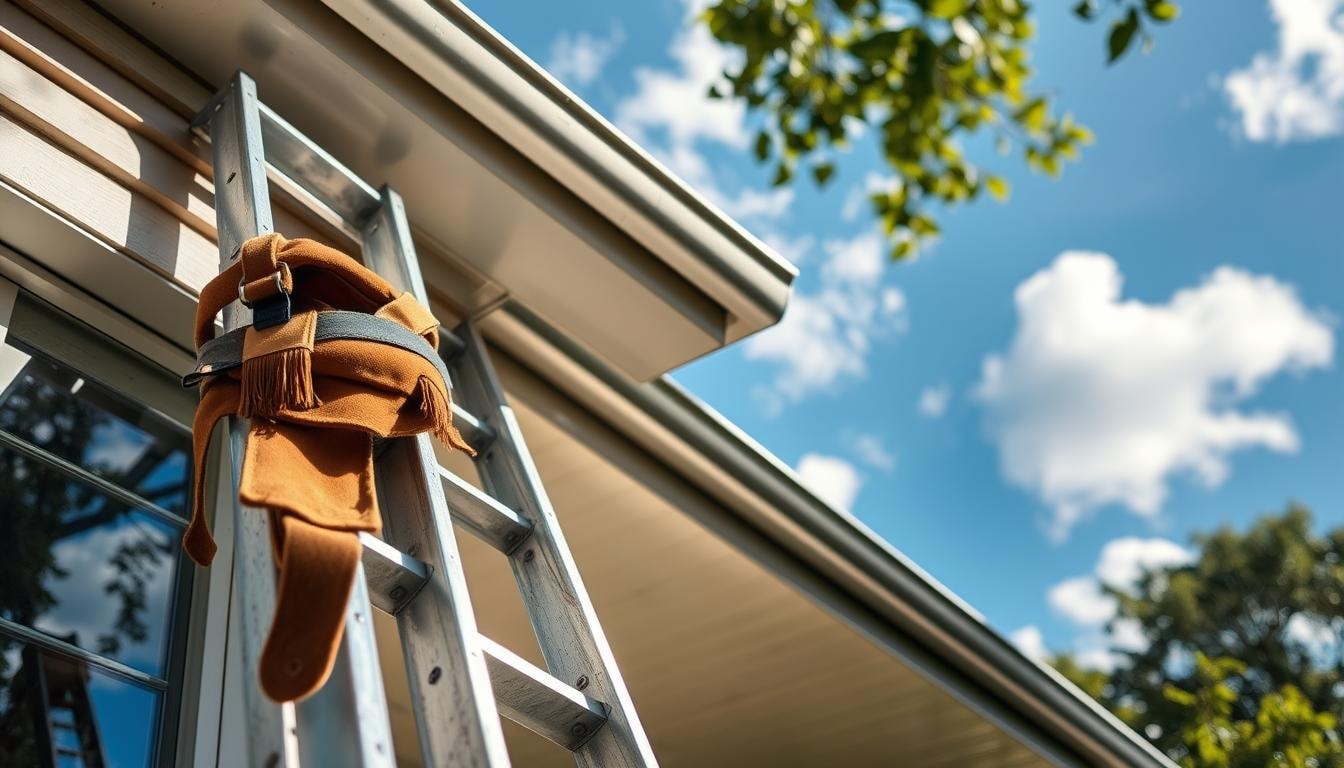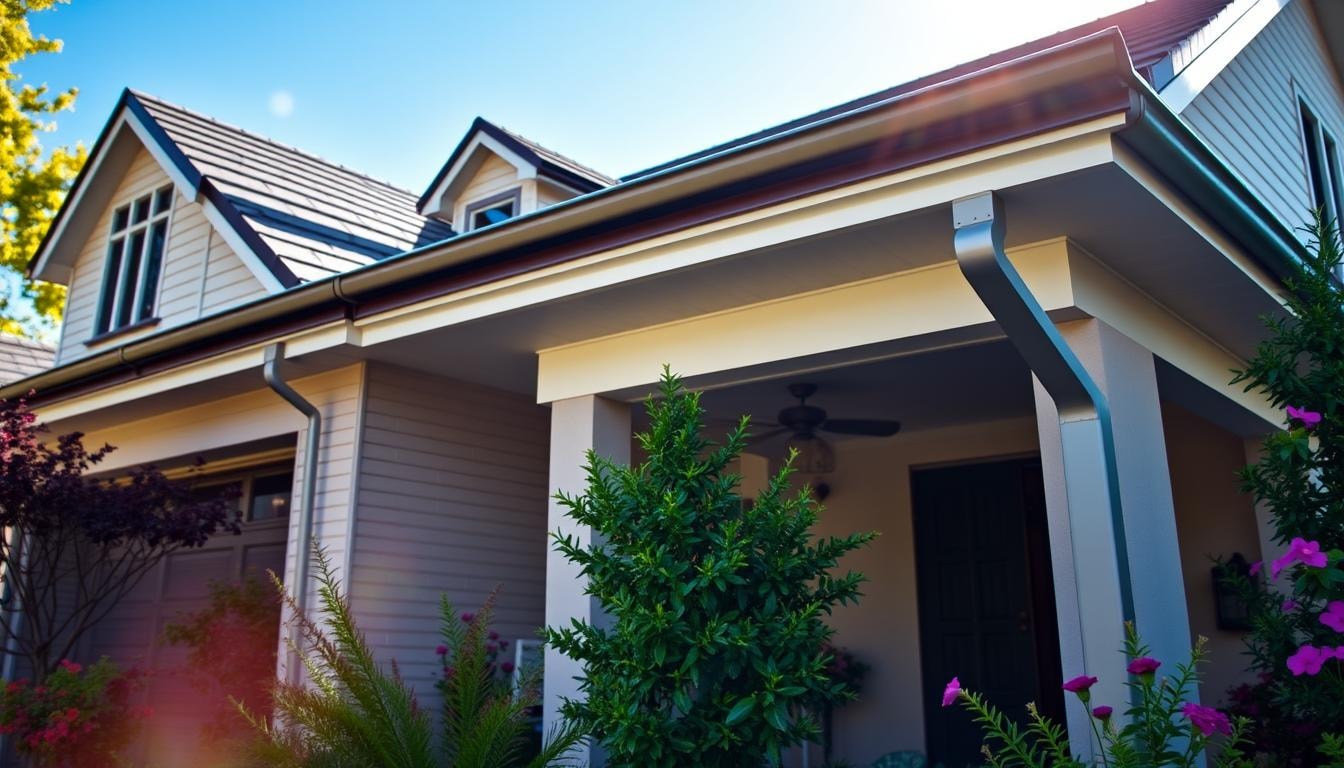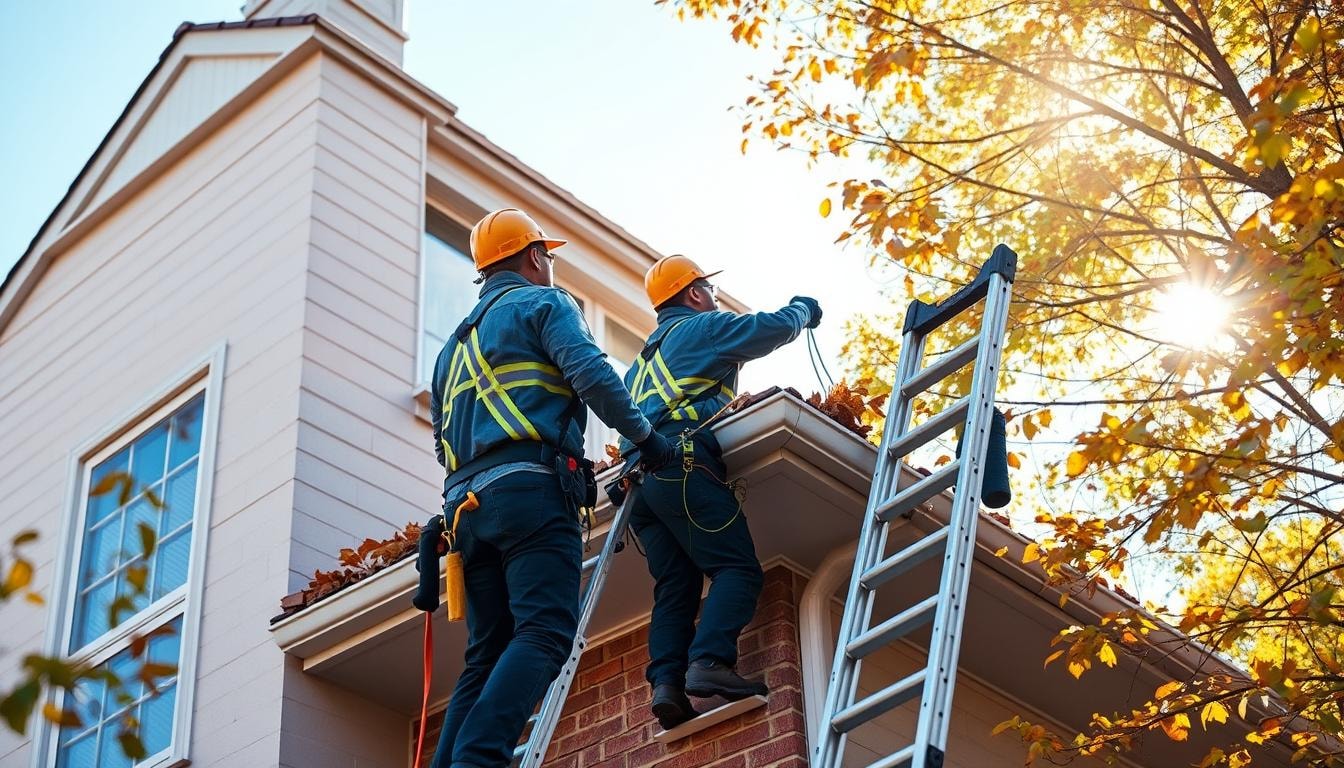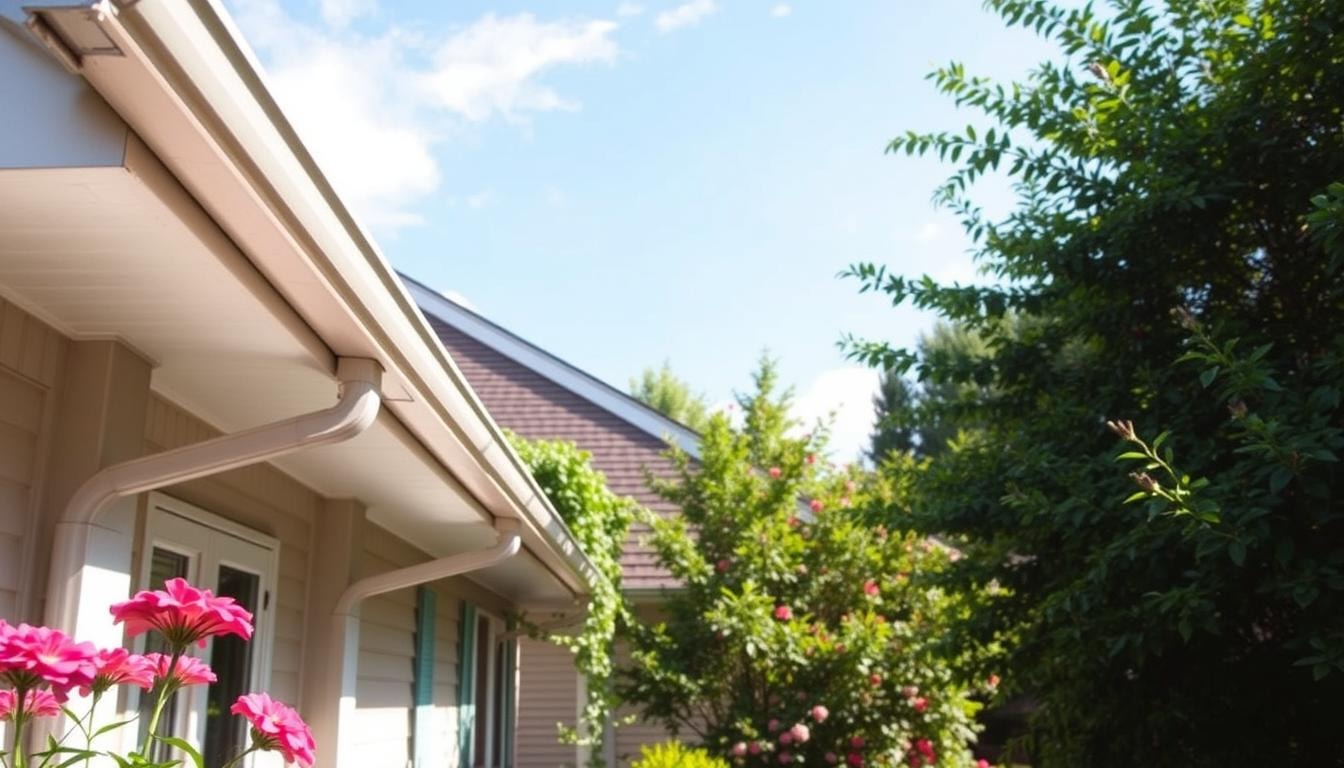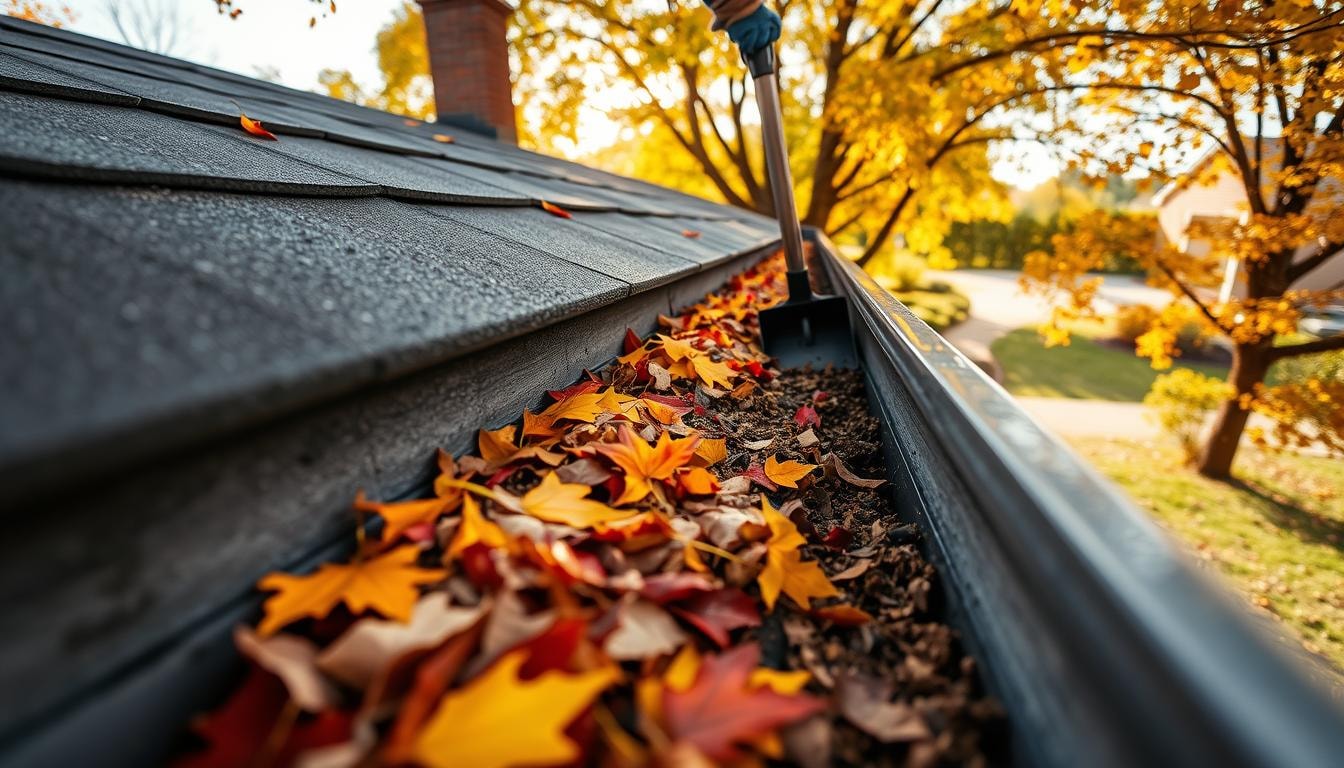Home Builders Near You
Can’t find what you are looking for?
How It Works
-
Answer a few questions about your home project.
-
Within seconds, get matched with top-rated local pros.
-
Compare quotes and choose the best pro for the job.
Home Builders In Your Area
Hiring Home Builders: A Step-by-Step Guide
Meta Description: Discover the essential steps for hiring top-quality Home Builders. Learn how to find, evaluate, and collaborate with skilled professionals for your dream home project.
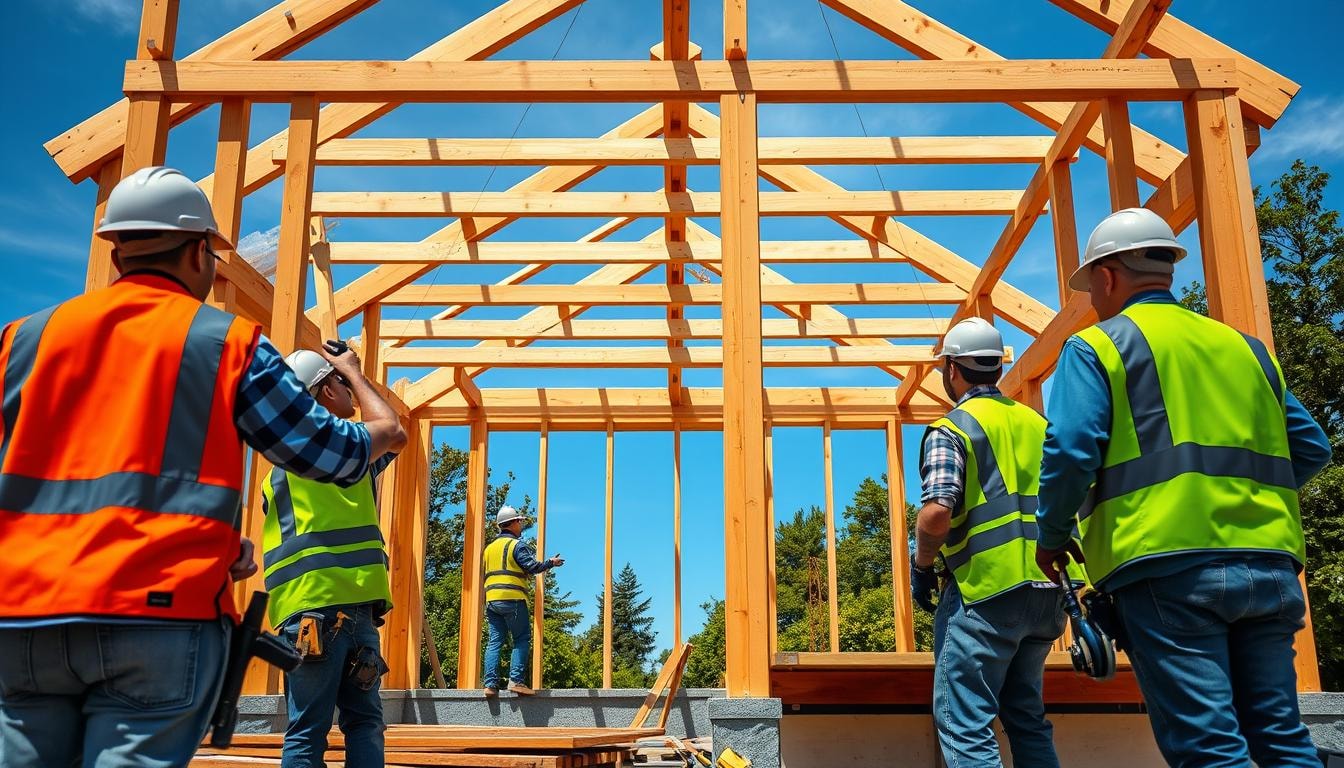
Finding the right home builder is crucial for your new construction project. It impacts quality, cost, and your overall experience. This guide will help you find, evaluate, and work with skilled home builders.
We’ll show you how to bring your dream home to life. You’ll learn to choose the best professionals for your project. Our tips will make your home-building journey smoother and more enjoyable.
Key Takeaways
-
01
Understand the different types of home builds to find the best fit for your needs
-
02
Assemble a skilled building team, including architects, designers, and contractors
-
03
Obtain necessary permits and approvals to ensure a smooth construction process
-
04
Prepare the building site and lay a solid foundation for your new home
-
05
Explore budgeting and cost considerations to stay within your financial goals
Understanding the Home Building Process
Building a new home requires knowledge of different types. The main categories are spec homes, tract homes, and custom homes. Each offers unique features and benefits.
Types of Home Builds
Spec homes are built without a specific buyer in mind. They offer some flexibility in choosing floor plans, bedrooms, and bathrooms. Builders often include open floor plan options.
Tract homes are built by developers on divided land. They have preset architectural options for the entire community. These homes usually have standard square footage and number of levels.
Custom homes offer the most personalization. You buy land and work with a builder to create your dream home. This option allows for complete customization of floor plan, bedrooms, and bathrooms.
When choosing a home build, consider your lifestyle needs. Think about the number of bedrooms and bathrooms you want. Decide if an open floor plan suits you.
Also, determine how many levels or floors you prefer. These factors will help you select the best home build type.
Assembling Your Building Team
Building a custom home needs a skilled team. The general contractor or custom home builder leads this team. They manage the project, get estimates, hire subcontractors, and ensure deadlines are met.
The team includes specialists for electrical, plumbing, and HVAC work. These experts bring your home’s systems to life. Careful research is key when hiring your building team.
Key Roles and Responsibilities
- General Contractor or Custom Home Builder: Oversees the entire project, secures estimates, hires subcontractors, and manages deadlines.
- Electrician: Responsible for installing and wiring the home’s electrical system, including lighting, outlets, and safety features.
- Plumber: Handles the installation and maintenance of the home’s plumbing system, including water supply, drainage, and fixtures.
- HVAC Technician: Designs, installs, and maintains the home’s heating, ventilation, and air conditioning systems for optimal comfort and efficiency.
A skilled building team keeps your project on track. They help stay within budget and create your dream home. Choose your team wisely for the best results.
Obtaining Necessary Permits and Approvals
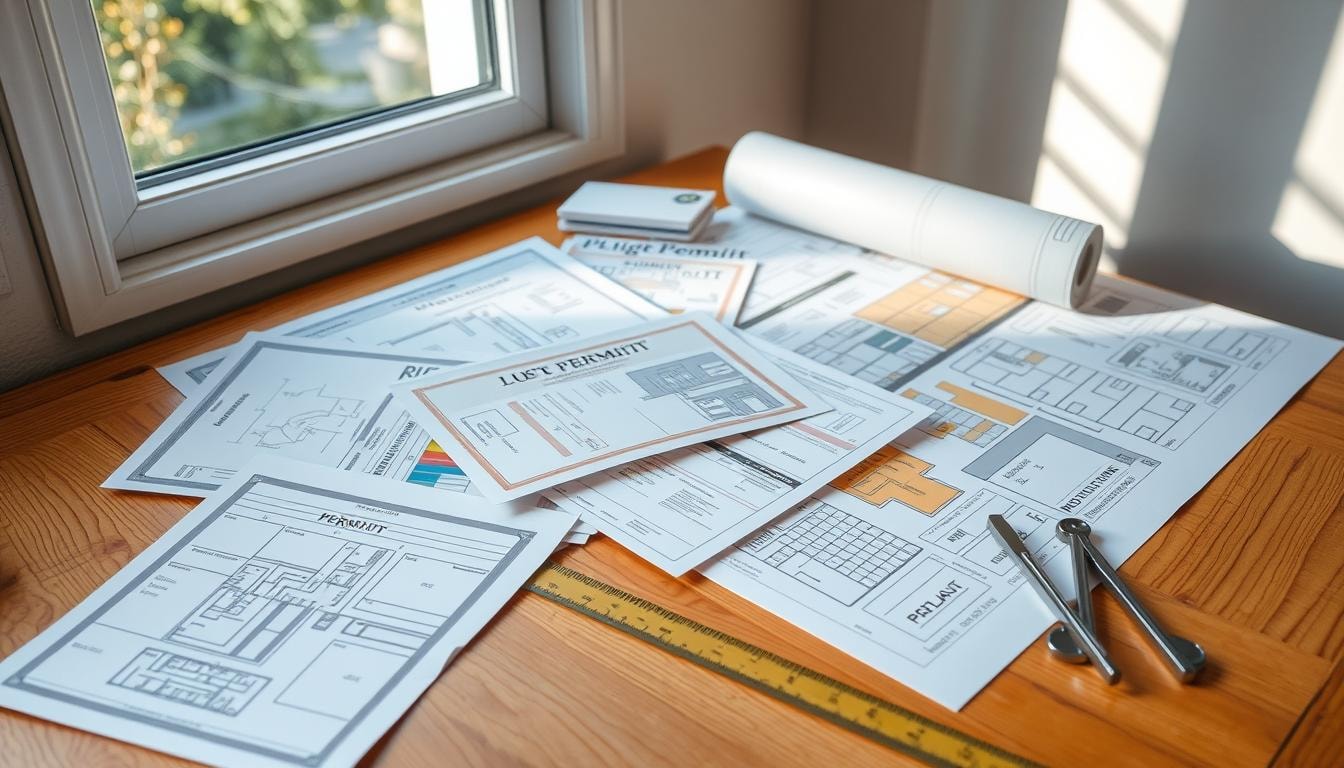
Your contractor must get all needed permits from the local office before starting construction. These permits ensure your project follows local rules and building codes. They may include building, electrical, plumbing, HVAC, and grading permits.
In the U.S., a building permit costs about $1,300 on average. Prices range from $400 to $2,000. In big cities, a new home permit can cost thousands more.
Getting proper permits is crucial. Without them, you may face higher fees and delays. You might even have to tear down finished work. Work closely with your contractor to get all required permits.
- Building permits are mandatory for almost all building projects in California, except for smaller projects that don’t impact the structural integrity or exterior of the building.
- In California, building permits for detached one- and two-family units and townhouses expire after two years, while permits for other projects expire after four years.
- The average processing costs of an Accessory Dwelling Unit (ADU) application in California are typically around $2,000, and the average fee for an ADU permit is under $10,000, but costs can increase based on the project’s complexity.
Check with your local office to find out what permits you need. Not getting the right permits can lead to big problems. These may include extra costs, removal of construction, and fines.
Site Preparation and Foundation
Preparing the construction site is vital for home-building. It starts after securing permits. The process involves clearing debris, vegetation, trees, and rocks from the build site.
Next, the land is carefully leveled. This creates a flat, even surface for construction. Footings are then installed to distribute the home’s weight evenly.
The foundation is poured as a slab, crawlspace, or full basement. Proper waterproofing prevents future moisture issues. An inspection ensures it meets local code requirements.
Essential Steps
- Site clearing: Removing debris, vegetation, trees, and rocks from the build site.
- Land leveling: Grading the land to create a flat, even surface.
- Footings installation: Pouring concrete or laying brick masonry footings to support the home’s weight.
- Foundation construction: Pouring a slab, building a crawlspace, or excavating a full basement.
- Waterproofing: Applying a waterproof membrane to the foundation to prevent moisture intrusion.
- Inspection: Ensuring the foundation meets local building code requirements.
Good site prep and foundation work ensure long-term home stability. Careful land assessment and sturdy foundation installation are key. These steps help create a smooth construction process.
Framing and Exterior Construction
The framing crew starts work after the foundation is set. They build the basic structure using lumber for walls, flooring, and roof trusses. This stage sets the groundwork for the entire exterior construction.
Sheathing covers exterior walls, providing strength and a surface for house wrap. House wrap prevents moisture and improves energy efficiency. Energy-efficient windows and doors are then installed to maintain comfort and reduce costs.
Framing uses pressure-treated lumber for studs and bases. Joists and rafters vary based on roof weight. The example home used blown-in fiberglass insulation for walls and spray foam for the roof.
Constant monitoring during framing is crucial to avoid errors and delays. The average cost to frame a house is $7-$16 per square foot. Labor costs range from $4-$10, while materials cost $3-$6 per square foot.
Electricians, plumbers, and low voltage specialists install conduits, cabling, and pipes during framing. Thorough checking of connections and locations prevents future problems with these systems.
After framing and exterior construction, the process moves to interior finishes and landscaping. These final steps enhance the overall appeal and quality of the property.
Installing Critical Systems
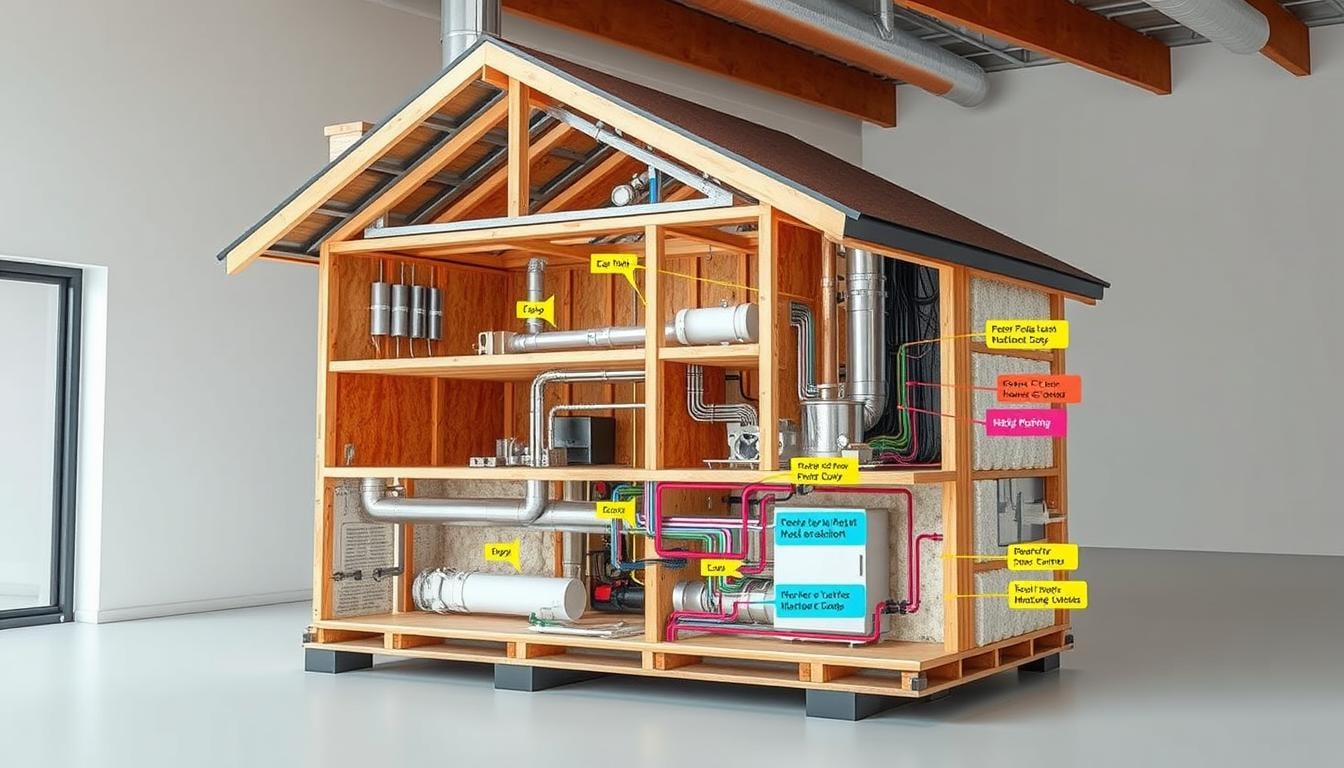
Critical systems like HVAC, plumbing, and electrical are installed as the home’s structure takes shape. The HVAC technician installs ductwork, air handler, and condenser. Plumbers run pipes to bathrooms, kitchen, and laundry room, along with sewer lines and vents.
Electricians complete wiring during this phase. After installation, the home undergoes inspections to ensure compliance with local building codes. These checks are necessary before moving to the next construction stage.
Key Components
Installing critical systems is a vital step in home-building. These systems are essential for a comfortable and functional living space.
- HVAC: The heating, ventilation, and air conditioning system ensures comfortable indoor temperatures and air quality.
- Ductwork: The network of air ducts that distribute heated or cooled air throughout the home.
- Plumbing: The water supply and drainage systems, including pipes, fixtures, and sewer lines.
- Electrical: The wiring, outlets, and other electrical components that power the home.
After installation, homes undergo inspections to ensure compliance with local building codes and regulations. These checks guarantee the safety and functionality of essential systems before construction continues.
Budgeting and Cost Considerations
Building a home is a major financial commitment. Creating a realistic budget is crucial. Costs vary based on location, builder experience, and materials.
Get multiple estimates from qualified home builders. This helps understand cost ranges and additional fees. Include a contingency budget for unexpected expenses.
Advanced budgeting tools can save thousands per project. Direct costs include worker wages and materials. Indirect costs cover administrative expenses and safety equipment.
Unexpected issues can lead to cost overruns. A well-documented budget guides decisions on materials and labor. Tracking all costs is vital for financial management.
Allocate 7-10% of the budget for contingency funds. This covers unforeseen expenses. Prioritize essential design elements to maintain budgetary discipline.
Home Builders: Qualifications and Hiring Tips
Choosing the right home builder is key to creating your dream home. Look for builders with a strong track record and positive references. These qualities ensure a smooth construction project that meets your expectations.
Qualities to Look For
Consider these qualities when hiring a home builder:
- Qualifications: Ensure the builder is properly licensed, insured, and bonded to protect you from liability during the construction process.
- Skills and Responsibilities: Evaluate the builder’s expertise in areas like plumbing, HVAC, and meeting building codes and safety standards.
- Local Reputation: Check the builder’s references, reviews, and involvement in professional organizations to gauge their reputation and commitment to quality.
- Experience: Prioritize builders who have been in the industry for at least 10 years, as they are often more financially stable and reliable.
Research potential home builders thoroughly. This effort helps you find the right partner for your project. A good builder will bring your dream home to life.
FindPros: Your Key to Savings and Customization
Looking to build your dream home but unsure where to start? FindPros has got you covered! By answering a few simple questions about your project, you can get matched with top-rated local pros who offer the best pricing when they compete for your job. Forget about sifting through endless options – FindPros helps you find the pros you’ll love working with, saving you time and money. FindPros has a wide network of builders ready to customize your home to your exact specifications. Don’t settle for less – let FindPros help you live in the home you’ve always wanted, on your schedule.
Conclusion
Building a new home is exciting but complex. Hiring the right home builders is crucial. Understanding different home builds, assembling a skilled building team, and obtaining necessary permits are essential steps.
Carefully managing budgeting and cost considerations is important. These steps help you navigate the home construction process confidently. Thoroughly vet potential home builders and check their qualifications and references.
Ensure builders are properly licensed and insured. The right builder will guide you through each project stage. They’ll help turn your dream home into reality.
Choose a custom, semi-custom, production-built, spec, or green home builder. Find a partner who understands your vision. Look for someone committed to delivering a high-quality, personalized living space.
Frequently Asked Questions (Home Builders)
MOST POPULAR CITIES
Browse by State- Alameda
- Costa Mesa
- Laguna Beach
- Orange
- Alhambra
- Culver City
- Lancaster
- Oroville
- Anaheim
- Daly City
- Livermore
- Oxnard
- Antioch
- Davis
- Lodi
- Pacific Grove
- Arcadia
- Downey
- Lompoc
- Palm Springs
- Bakersfield
- El Centro
- Long Beach
- Palmdale
- Barstow
- El Cerrito
- Los Angeles
- Palo Alto
- Belmont
- El Monte
- Malibu
- Pasadena
- Berkeley
- Escondido
- Martinez
- Petaluma
- Beverly Hills
- Eureka
- Marysville
- Pomona
- Brea
- Fairfield
- Menlo Park
- Port Hueneme
- Buena Park
- Fontana
- Merced
- Rancho Cucamonga
- Burbank
- Fremont
- Modesto
- Red Bluff
- Calexico
- Fresno
- Monterey
- Redding
- Calistoga
- Fullerton
- Mountain View
- Redlands
- Carlsbad
- Garden Grove
- Napa
- Redondo Beach
- Carmel
- Glendale
- Needles
- Redwood City
- Chico
- Hayward
- Newport Beach
- Richmond
- Chula Vista
- Hollywood
- Norwalk
- Riverside
- Claremont
- Huntington Beach
- Novato
- Roseville
- Compton
- Indio
- Oakland
- Sacramento
- Concord
- Inglewood
- Oceanside
- Salinas
- Corona
- Irvine
- Ojai
- San Bernardino
- Coronado
- La Habra
- Ontario
- San Clemente



